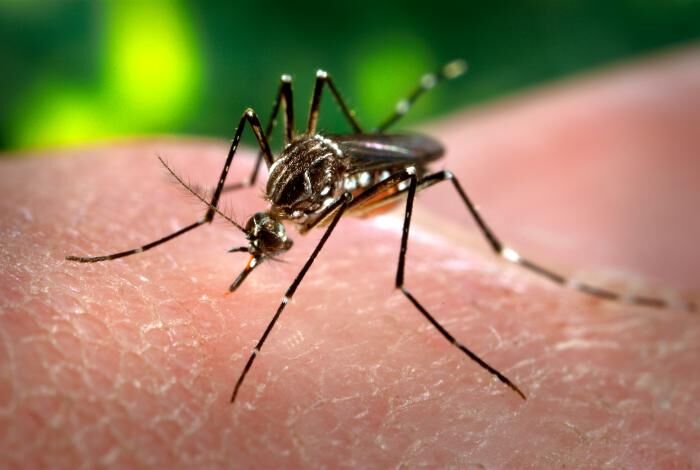It’s hurricane season, that time of the year where Texas weather can be all over the place and can change in an instant.
In the past months, we have experienced Tropical Storm Alberto, and our first hurricane of the season, Beryl. It’s been constantly raining here and there, and a little everywhere. While this weather may be dreadful for others, this is the perfect condition for a certain creature we all love to hate; the mosquito.
Everyone has had a run in with these creatures once or even thousands of times, and you might know them as the annoying, bloodsucking, itchy making pest, but there is more to them.
Let’s take a closer look at how a mosquito works. In optimal conditions most adult mosquito species can live up to two to three weeks, and in some studies, some female mosquitos can live much longer than that. Like with most living things, mosquitoes go through life in different growth stages, four stages to be exact. In the beginning, or the first stage of life, mosquitos start out as an egg.
Female mosquitos will lay clusters of eggs called rafts. The overall goal is to lay these rafts in a body of water or an area that will easily flood. This is because the eggs are dehydrated and can only be activated by water. The eggs start out as pale yellow or white, and once “activated” they will quickly become brown or black. It can take up to three days for these clusters to hatch, but if the eggs are not in peak conditions they can stay dormant for months on end in dry weather. With this new knowledge you can put two and two together and assume why after wet weather, we have swarms of mosquitos.
The next stage is called the larva stage or “Wrigglers”. In this stage, the larva can only survive in water. Then for ten days the larva will do all they can to grow by feeding on microscopic plants and animals. Once the ten days are up, the next stage is something out of an alien movie.
During the pupae stage, the mosquito pupae will stay just under the surface of the water. They do not eat or move much during this time. Once another ten days is up, an adult mosquito will emerge. First, male mosquitos will emerge, while the females will take a few more days. During this time, the males will feed on nectar and rest in nearby areas until the females are ready. Once the females hatch, the males quickly surround the emergence site and coupling begins quickly. Once the deed is done, the male mosquito dies shortly after. The female lives on to lay her eggs.
As you may have noticed by now, male and female mosquitos are not created equally and they differ in many ways. For example, it is only the female who requires a bloodmeal, while the males do not. This is because females do not produce enough protein for making eggs and need to get said protein from another source.
This brings us to the next big difference, the proboscis, the part of the mosquito that would be considered its mouth. Females have a more needle-like proboscis that can pierce the skin. The male mosquito’s proboscis is softer and are used for consuming nectar. The next difference is size. As with most bugs, the female mosquito is larger than the male.
Mosquitos are an interesting creature and whether we like it or not, they are a necessity to local ecology and they are an important food source to other living beings such as birds!




Commented